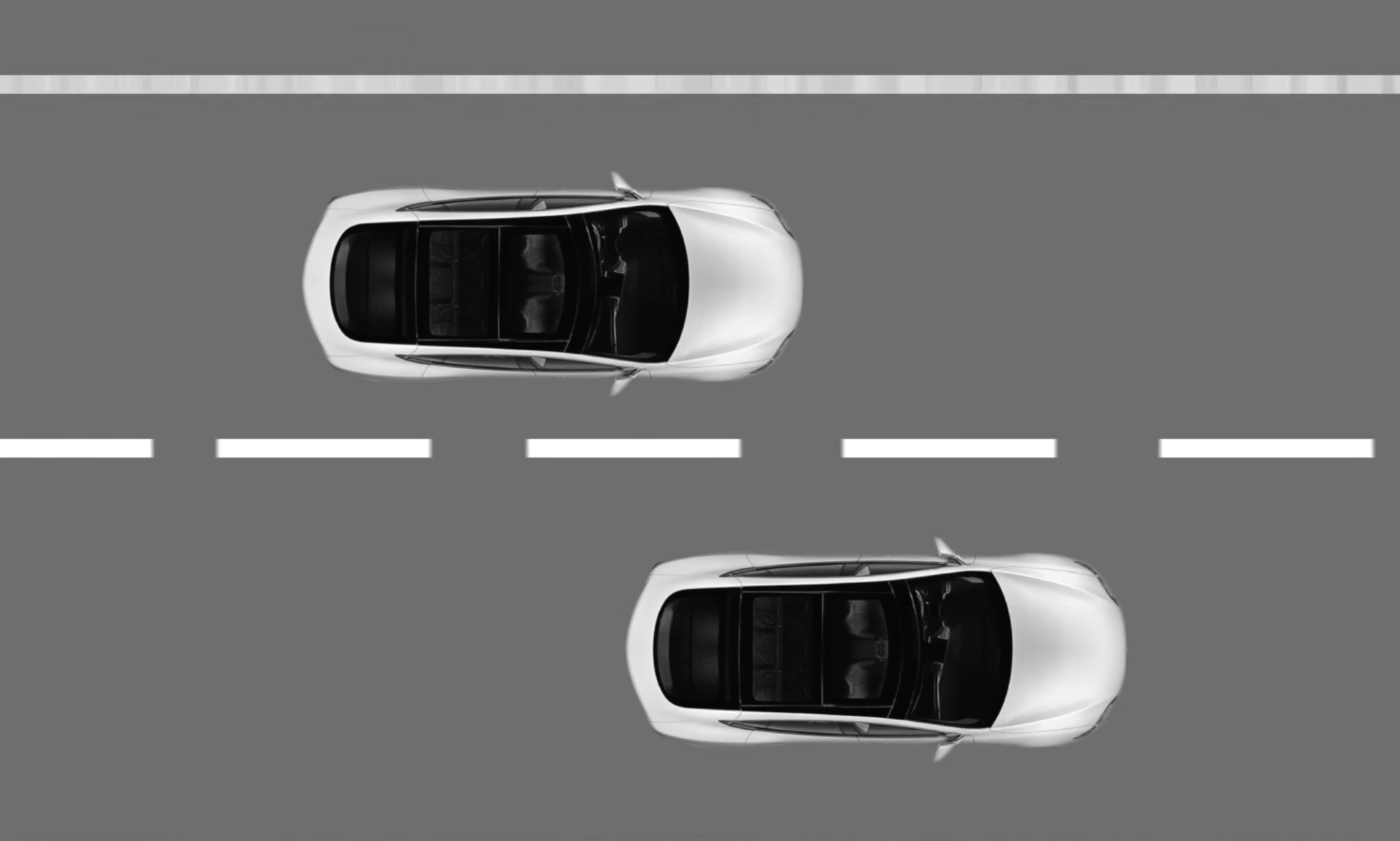The Autonomy Levels of Self-driving Cars Explained
Self-driving cars are here and the time to regulate and develop standards are the next step. Also called autonomous vehicles or driverless cars, self-driving cars are classified as vehicles that can operate without a human driver. They are totally independent of human control, meaning they have capabilities that allow them to operate on their own based on AI (artificial intelligence). The SAE (Society of Automotive Engineers) created a set of international standards for automakers to follow called J3061A "Taxonomy and Definitions for Terms Related to Driving Automation Systems for On-Road Motor Vehicles". This has been adopted by the NHTSA under the US Department of Transportation. It defines 6 levels of autonomy to classify self-driving cars.

Level 0 - No Automation
This is your standard registered vehicle which requires a human driver behind the wheel. Steering wheel, brakes, acceleration and traffic negotiation is all under the discretion of a driver. This basically classifies existing DMV registered, street legal cars that are on the road.
Level 1 - Driver Assistance
This uses features developed by automakers that allow an ECU or mechanism to control the steering or vehicle speed, but not both simultaneously. The driver is still fully responsible for all other aspects of driving, as stated in law which qualifies for a driver's license. That means that while there is some assistance provided during the operation of the vehicle, it still requires a driver to perform all aspects of driving. An example of this is the adaptive cruise control feature found in some high end cars. It allows a driver to use the feature to maintain a safe following distance on the highway by increasing or decreasing a car's speed. Assisted self-parking also falls under this at the most basic level, though there are newer and more advanced features that take it another level.
Level 2 - Partial Automation
This is the starting level of semi-autonomous cars. With Level 2, a car can steer, accelerate and brake under certain conditions. The driver is still required behind the wheel though inside of the car (semi-autonomous). While the car can perform self-driving, it does not automatically engage. It requires activation from the driver. All tactical maneuvering in traffic, changing lanes and avoiding road hazards is still the driver's responsibility. Examples of systems implemented using this include Tesla Autopilot, Audi Traffic Jam Assist, Volvo Pilot Assist, Mercedes-Benz Driver Assistance System and the Cadillac Super Cruise.
Level 3 - Conditional Automation
For the most part, the car can self drive with environment monitoring features. There are certain road conditions that will require the car to turn over control or require driver intervention. There are certain scenarios that would require this. If the car's self driving system has encountered problems with sensors or unfamiliar conditions, it will require the driver to take the wheel. This is a feature in systems like the Tesla Autopilot and Audi Traffic Jam Pilot.
Level 4 - High Automation
High automation is when the car is fully aware of it's environment and can plan a route and arrive at it's destination with minimal intervention. There is little driver involvement. The driver is required inside the car as a passenger as well. So the car owner can program a route for the car to self-drive. The car will then take control of the wheel for the car owner, who at this point is just a passenger inside the car. The passenger is not required to intervene, but can do so when necessary. Most Level 4 systems are still in development and testing.
Level 5 - Full Automation
The self-driving car has full autonomy to operate on any road and condition without a human driver. A human is also not required to be inside the car at all times, since it is now classified as fully autonomous. The car can pick up passengers and offer ride services. The car not only drives itself, but can make it's own decisions when negotiating turns, lane changes and road traffic. An example of this are fully autonomous self-driving cars by Waymo.
At the moment, Level 0 to 4 is the classification of most cars. Level 5 is arriving once operators begin providing self driving car services at a larger scale. Safety and security remains an important concern since having thousands of autonomous vehicles on the road must not endanger the general public.